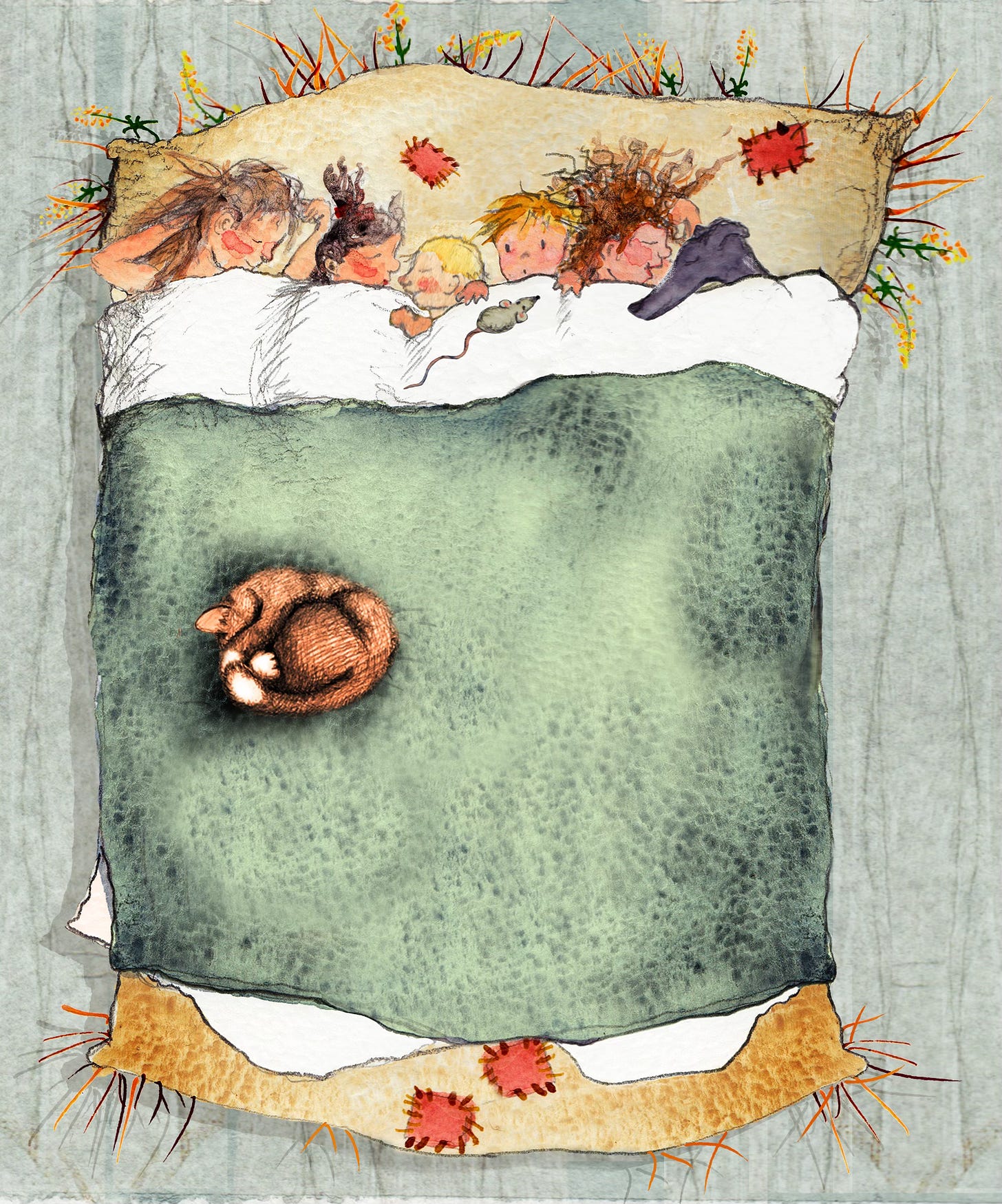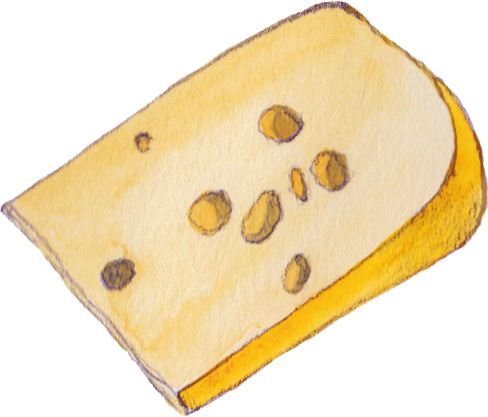Lady's Bedstraw
Galium Verum
Medieval sleeping habits were not quite like today's. Only girls were allowed pillows. Men and boys were supposed to be too tough and strong for a pillow.
It was encouraged to sleep sitting up and keep your mouth closed to avoid demonic possession, and if you were ill, some recommended you sleep standing up.
Beds were rare. If you were a poor peasant, you'd sleep on your cloak on the floor. And children? Well, they didn't even have a cloak! Farmhands were lucky, they were allowed to sleep on benches by the fire in the kitchens of farm houses.
The more fortunate would have a sack filled with hay to get comfortable at night. If you were really well-to-do, you might even have a bed!
You'd have to share this bed with the rest of your family and any visitors, but hey, anything is better than the floor!
When sharing a sack of hay, humans (many of whom only bathed once a year and some of whom were ‘sown’ into their underwear to keep warm for winter) weren't your only bedfellows: Fleas, bed bugs, lice, and other bite-y bugs were all happy to join the "sleepover".
Changing bedlinen was only done three or four times a year, so all the creepy crawlies would be laughing, if it wasn't for a little, fluffy yellow flower. Lady's Bedstraw smells lovely and is a great insect repellent so rich ladies had their mattresses filled with lots of it (hence ‘Lady’s Bedstraw’), together with hay, moss, horsehair and feathers for extra comfort.
Even today some people still use dried Lady’s Bedstraw flowers when storing bedlinen and clothes to help keep bugs at bay.
Ladies had other uses for the bedstraw too. In the dark days of the middle ages when they used urine to bleach their hair blond, it was a great bonus when you found some Lady's Bedstraw, as you could use that instead to dye your hair.
The scientific name Galium, comes from the Greek word for milk: Gala. For milennia Lady’s Bedstraw flowers have been used instead of rennet, to curdle milk and make cheese. It also gave the cheese a nice yellow colour. Greek goat and sheep shepherds would also use it to sweeten their cheese.
The word ‘Verum’ means ‘Truth’ in Latin. This refers back to the biblical story of baby Jesus sleeping in the crib filled with hay. The animals in the barn liked to eat the straw from his little crib, but they didn’t like to eat the Lady’s Bedstraw. It was the only plant that stayed true to the little baby Jesus.
Similar to a lot of wildflowers, Lady’s Bedstraw can be used against demonic possession. Always useful. In this case you put it in your shoes to protect you.
William Turner (1509-1558) physician, reformist theologist (and often in trouble for it), botanist, and writer of ‘A New Herball’ recommended to use Lady’s Bedstraw flowers in warm water as a footpath for sore, tired feet. Or to add the flowers to your bathwater to help aching joints. Nicholas Culpepper (1616-1654) recommended it for the same use.
Some other names for Lady’s Bedstraw are: Lady’s Tresses, Maid’s Hair, Cheese Renning, Yellow Bedstraw and Maiden’s Hair.
If you enjoyed reading this, you might enjoy reading about other wildflowers too. You can easily find all posts written so far in the Flowerology alphabetical archive .
This newsletter is NOT a field guide for flower identification. It’s often difficult to tell the difference between harmless plants and poisonous plants and some flowers are rare and protected by law, so, NEVER pick or use any plants or flowers if you’re not sure about them.
illustrations and text ©Chantal Bourgonje









What a lovely story, I could smell the people from here! Superb illustrations
Love this post, and love the lady's bedstraw as a tea ♥ We sleep on a wooden floor, in our little wooden home - with lush goose and duck down comforters over us.